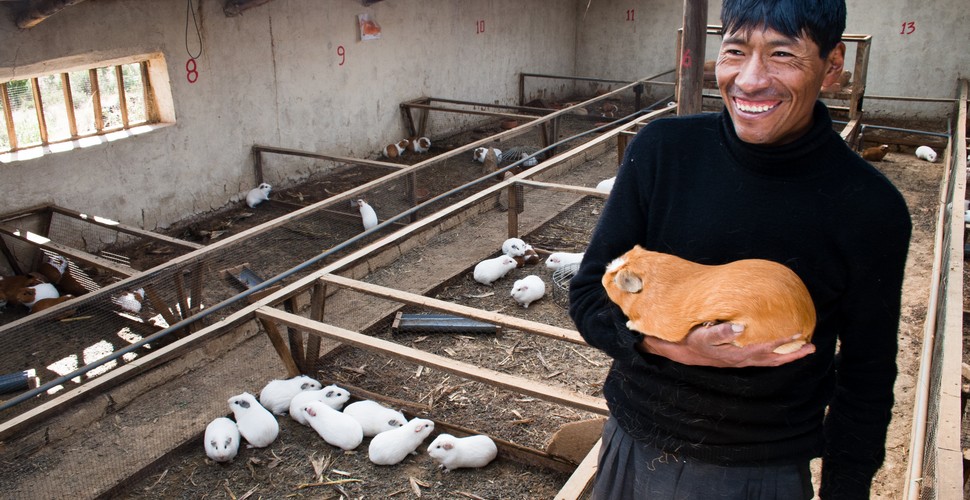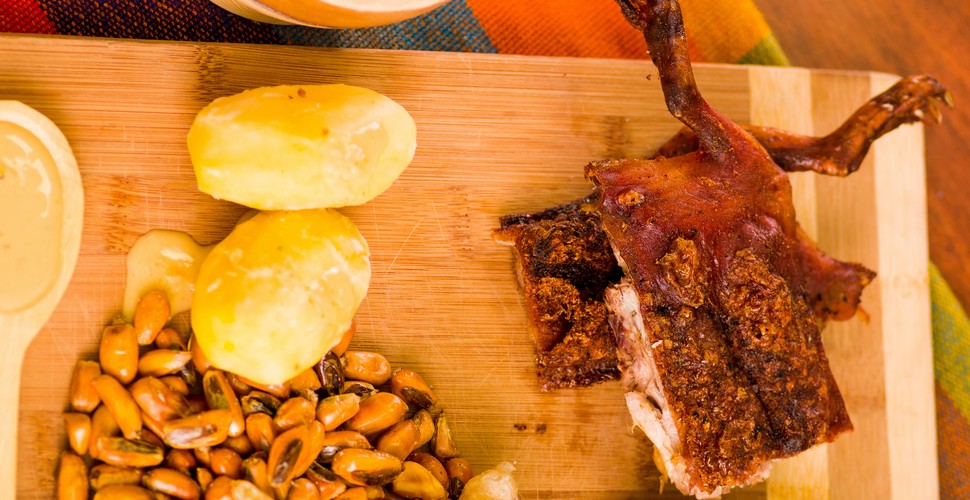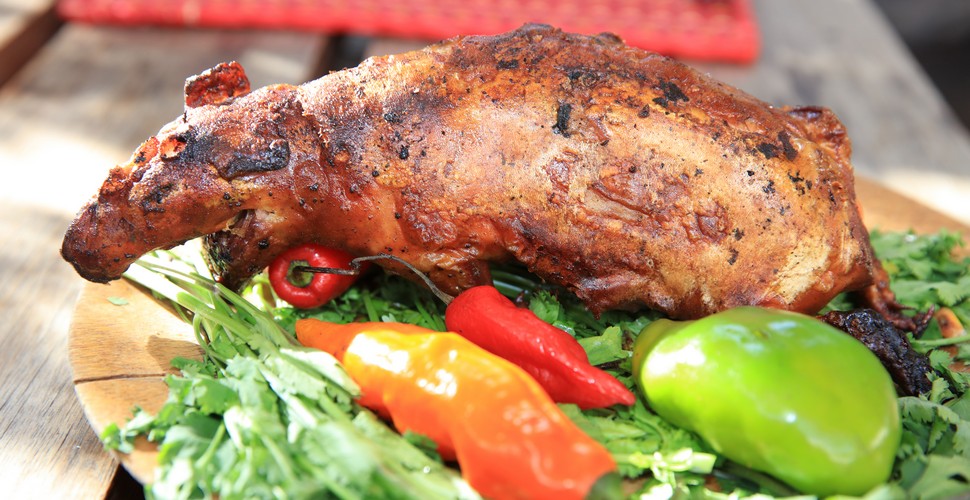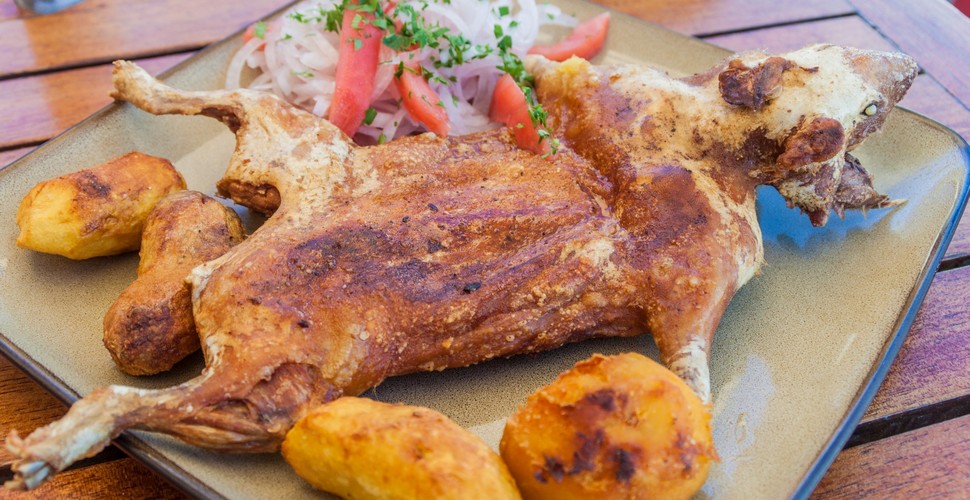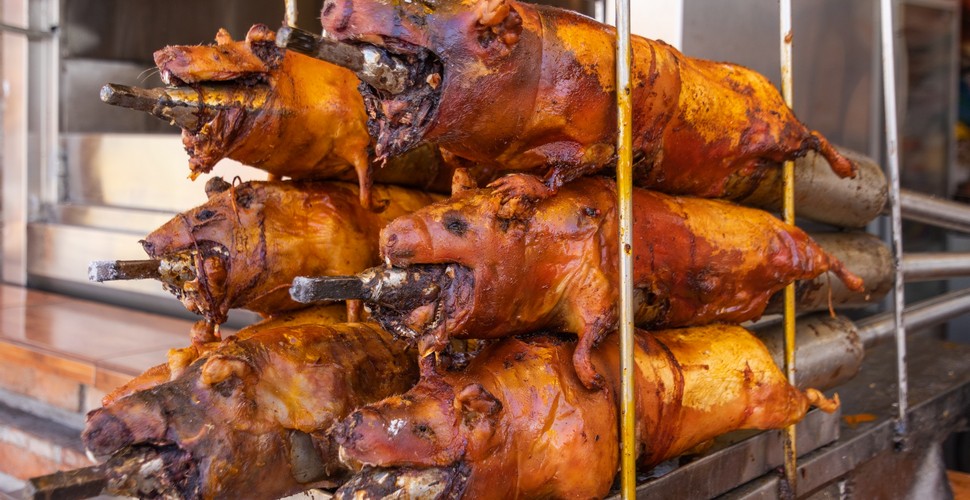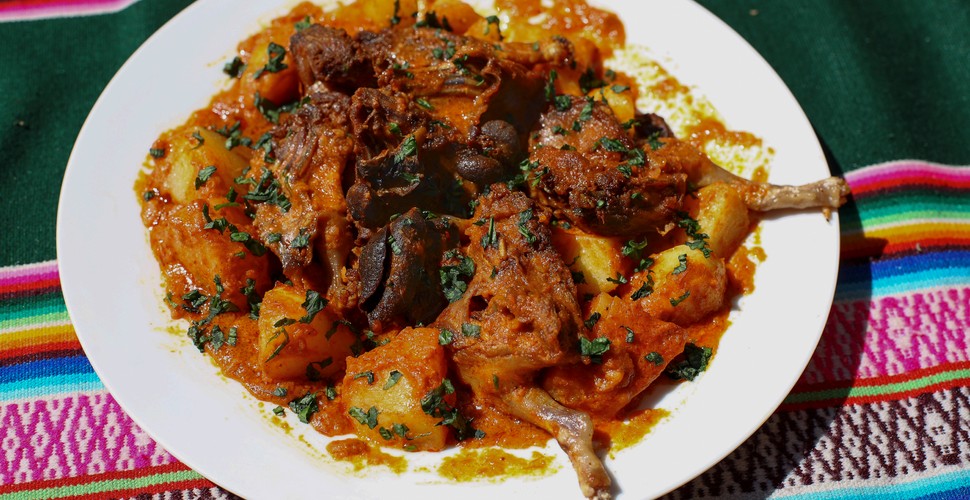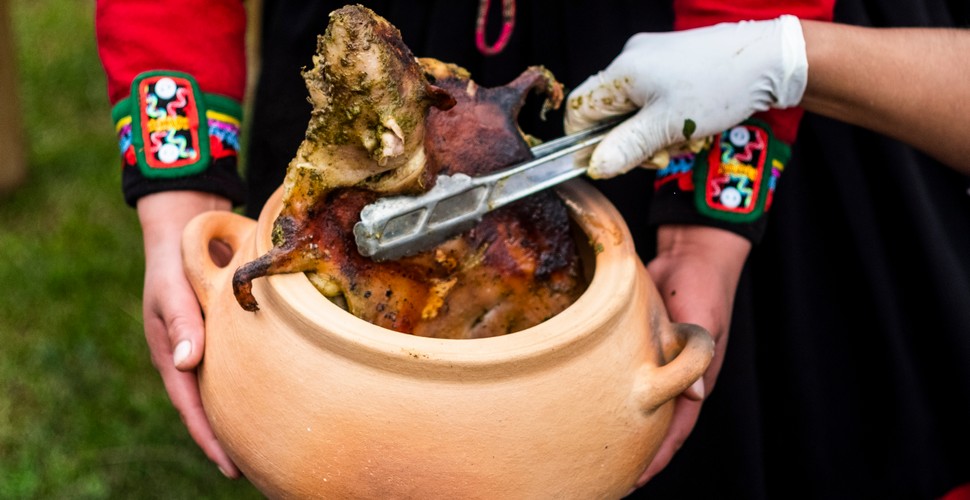
Cuy: The Best preparations
Written by:Valencia Travel
Last Update: 2025-02-13
Most people from Western countries in North America or Europe know of the Cuy as a "Guinea Pig" and have had or known someone who has had one as a pet. In South America, however, the Cuy is a delicacy known for its rich flavor and texture. It has been used for over 5000 years in the Andean highlands of Peru, Bolivia, and small parts of Ecuador and Colombia.
Cuy Farm
Gourmet Cuy
One of the reasons that Cuy is so popular to raise is the fact that it is a very low-maintenance animal, needing little space, food, and attention to thrive. It breeds quickly, up to 5 litters a year and an average of three pups per litter. Many households have permanent cages with dozens of Cuyes who often only need fresh alfalfa to provide them with the nutrients and water they need. In addition to the simple and easy standards of raising these animals, the Cuy is exceptionally high in protein, low in fat and cholesterol, and very nutritious.
Casa de Cuy
Different ways to prepare Cuy
Cuy al Horno
Cuy al Horno (Baked Guinea pig) is one of the best guinea pig recipes, which is a traditional Peruvian dish. This recipe calls for the guinea pig to be roasted in an oven, and it is often served with potatoes and a side of salad. Cuy al Horno is a simple dish full of flavor and is sure to please even the pickiest of eaters. This recipe is worth trying if you are looking for a new and exciting way to prepare a guinea pig. Although you will find it in almost every tourist restaurant in the country, keep in mind that the fresh guinea pigs are in Cusco.
Oven Baked Cuy
Cuy Chactado
The guinea pig is coated in seasoned flour and deep-fried in vegetable oil until it becomes crunchy; in some restaurants, the chefs will use a big stone to deepen the pan for the guinea pig to be easily broken up. The deep-fried guinea pig is then served with potatoes and salad. Cuy Chactado is called the Arequipa region style, where guinea pig is mixed with spices and then fried. The result is a juicy, flavorful, and genuinely unique meal you won't find anywhere else.
Cuy Chactado
Cuy al Palo
Cuy al Palo, or Guinea pig on a stick, is typical in Peru, and it's the most common way the locals prepare. The villagers do not have access to an oven in the countryside, so the best way to prepare is to roast in front of their "Qonchas," or wood-fired stoves. This style can be seen in the Sacred Valley and is widely available for visitors to the region.
Cuy al Palo
Pepian de Cuy
Pepián de Cuy is a hearty stew made with guinea pig meat and corn and seasoned with peppers, onions, and peanuts. This hearty stew is served with rice and avocado.
Guinea Pig Stew
Pachamanca
Pachamanca is a traditional way of cooking meat, vegetables, and fruits, using hot stones, and all the ingredients are buried underground. This style has been around for centuries and is very popular in Andean communities. Due to its difficulty, this dish is prepared only for big celebrations and important dates.
 Aventure
Aventure
 Cultural
Cultural
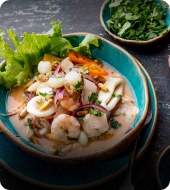 Gastronomy
Gastronomy
 Wellness
Wellness
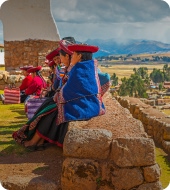 Local Living
Local Living
 Luxury
Luxury
